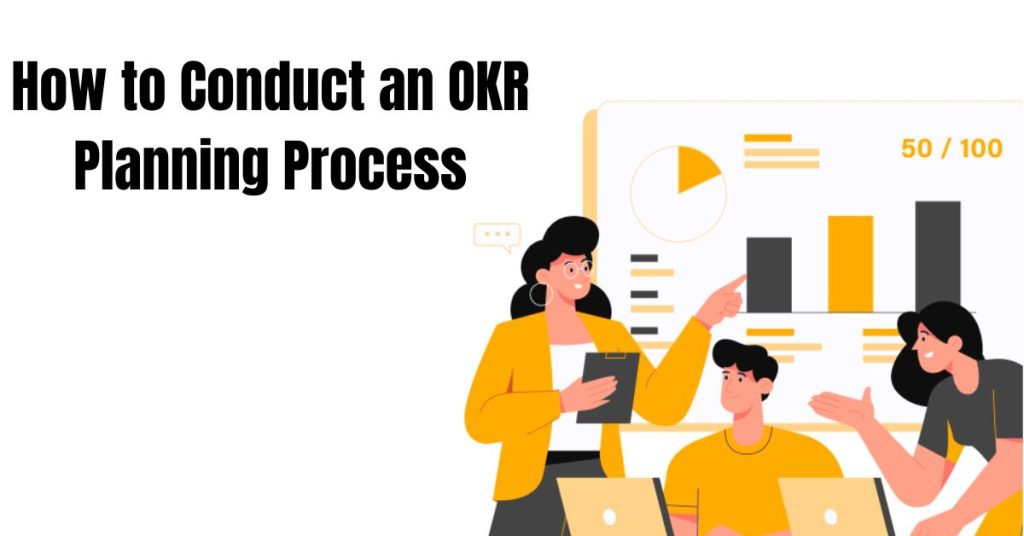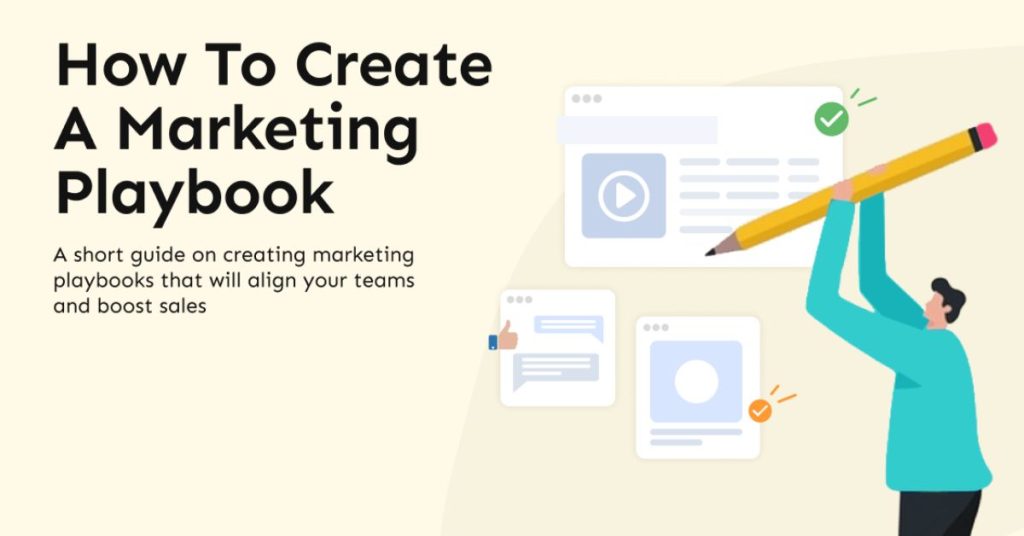Our mindset — how we perceive our abilities and intelligence — plays a profound role in shaping our behavior, motivation, and ultimately, our success in different areas of life. Psychologist Carol Dweck, whose research has deeply influenced this field, identified two primary mindsets: the fixed mindset and the growth mindset. These mindsets act like lenses through which we view challenges, learning, failure, and effort. Understanding them, and knowing how to shift from a fixed to a growth mindset, can significantly change how we approach life.
What Is a Fixed Mindset?
In a fixed mindset, people believe that their basic qualities — intelligence, talent, and personality traits — are largely immutable, “fixed” at birth or early life. This belief holds that no matter how much effort you put in, these core traits won’t change significantly. Some key characteristics of a fixed mindset include:
Seeing intelligence or talent as innate: You either have it or you don’t.
Avoiding challenges: Because failing might expose a perceived lack of “natural” ability.
Giving up easily: If something is difficult, a person with a fixed mindset may think they lack the talent needed.
Seeing effort as fruitless: If abilities are fixed, working hard can feel like a sign you don’t have natural talent.
Reacting negatively to feedback: Constructive criticism may feel like a personal attack, rather than a tool for improvement.
Feeling threatened by the success of others: Others’ achievements might be seen as a reminder of one’s own limitations.
People with a fixed mindset often want to appear smart rather than improve. They may avoid anything that could make them look less competent.
What Is a Growth Mindset?
By contrast, a growth mindset is built on the belief that our abilities can be developed through dedication, effort, and learning. This mindset recognizes that while we might have certain starting points, with the right strategies and persistence, we can improve. Key traits of a growth mindset include:
Believing in the malleability of intelligence and abilities: Skills and talents are not fixed; they can grow.
Embracing challenges: Rather than avoiding hard tasks, growth-minded people see them as opportunities to learn.
Persisting in the face of setbacks: Failures are not seen as ultimate proof of incompetence but as valuable feedback.
Valuing effort: Hard work is recognized as an essential part of mastering new skills.
Learning from feedback: Criticism is welcomed and used for improvement.
Being inspired by others’ success: Rather than feeling threatened, people with a growth mindset feel motivated by what others have achieved.
Recognizing that development is possible: They believe that through consistent practice, they can become better at nearly anything.
Dweck herself has emphasized that growth mindset is not just about effort: it’s also about using effective strategies, reflecting, and adjusting as you learn.
Why Mindset Matters
Why is this distinction so powerful? The mindset you hold influences how you react to everyday challenges, how you handle failure, and how much you grow over time.
Motivation and Resilience
When you believe your abilities can be improved, you’re more likely to persist—even when things are difficult.
A growth mindset fosters grit and resilience: instead of quitting, you dig in, learn, and try again.
By contrast, a fixed mindset may lead to avoidance of risk or challenges, because failure feels more like a permanent judgment, not a temporary setback.
Learning and Development
Growth-minded people see learning as a lifelong journey. They’re more willing to experiment, make mistakes, and refine their strategies.
This mindset also makes individuals more receptive to feedback: they view it as information, not a personal attack.
Performance and Achievement
Research shows that praising effort (rather than innate “talent”) leads to greater persistence and achievement.
Growth mindset can contribute to better outcomes in academic and professional life by encouraging continuous development.
Organizations that foster a growth mindset culture often see improved innovation, adaptability, and employee engagement.
Psychological Well-Being
A growth mindset reduces stress around performance because failure is not the end—it’s a step in the process.
It fosters a healthier self-concept, where self-worth is not tied to being “perfect” but tied to growing, learning, and improving.
Why Changing from a Fixed to a Growth Mindset Is Hard
Shifting from a fixed mindset to a growth mindset isn’t always straightforward. Here are some common reasons why this transformation can be difficult:
Deep-Rooted Beliefs
These mindsets often develop early in life. Beliefs about intelligence and talent may be shaped by childhood experiences, praise, and how success was framed.
If you’ve spent years believing your abilities are fixed, it can be challenging to unlearn that.
Cultural and Social Pressures
Sometimes, the environment rewards “looking smart” more than “getting smarter.” People may feel judged for failing or for showing effort.
There may be expectations from peers, supervisors, or society that reinforce fixed-mindset behaviors.
Misunderstanding the Growth Mindset
A common misconception is that growth mindset is just “work harder.” But as Dweck warns, effort without strategy or reflection doesn’t guarantee growth.
Without effective learning strategies, effort might feel wasted or lead to burnout.
Fear of Vulnerability
Embracing a growth mindset often means admitting gaps in knowledge, asking for feedback, and being okay with making mistakes. This requires vulnerability — which many people shy away from.
The risk of failure and potential criticism can make people retreat into their fixed mindset comforts.
Lack of Support
Without mentors, coaches, or a supportive environment, changing mindset can feel lonely or unsupported.
In work settings, if leadership doesn’t model growth mindset behaviors, employees may not get the reinforcement needed to shift.
How to Cultivate a Growth Mindset
Moving toward a growth mindset is a journey — but it’s a very practical one. Here are strategies you can apply in different areas of life:
Recognize and Label Your Mindset
Start by noticing your self-talk. When you face a challenge, what do you say to yourself?
Do you think, “I’m just not good at this,” or “I can’t do this”? These might be fixed-mindset indicators.
Reframe thoughts: change “I can’t do this” to “I can’t do this yet.” The simple addition of “yet” signals possibility.
Change Your Internal Narratives
Challenge the belief that talent alone leads to success. Remind yourself that learning and practice matter.
Celebrate the process, not just the outcome. Praise effort, strategies, persistence, and improvement.
Use Effective Feedback
Seek constructive criticism and view it as a tool for growth—not as a judgment of your worth.
When giving feedback (to others or yourself), focus on process: What strategies were used? What could be adjusted? What was learned?
Embrace Challenges
Intentionally pick tasks that stretch you — where success is not guaranteed. Growth comes from grappling with difficulty.
View failure as data. When something doesn’t work out, ask: What went wrong? What can I do differently next time?
Reflect and Learn Strategically
After a setback or project, take time to reflect. What worked? What didn’t? What will you try next?
Develop a growth plan. Use deliberate practice: set goals, break tasks into smaller parts, and revisit them strategically.
Model Growth Mindset Behavior
Whether you’re a leader, teacher, or parent, show vulnerability: share when you struggle, admit your mistakes, and talk about how you learn.
Encourage others to do the same. Create an environment where learning is normalized—not just success.
Encourage Long-Term Habits
Use “power of yet” language regularly: “I haven’t mastered this… yet.”
Create routines that reinforce learning, such as journaling “what I learned today,” or weekly reflections.
Surround yourself with growth-minded people: peers, mentors, or communities who value learning over perfection.
Growth Mindset in Different Contexts
In Education
Students with a growth mindset are more resilient. When they make mistakes, they see those as learning opportunities, not threats.
Teachers can foster growth mindset by praising effort and strategy, not just correct answers.
By embedding a culture of “yet,” educators encourage students to embrace challenges rather than avoid them.
In the Workplace
Organizations that promote growth mindset encourage innovation. Employees are more willing to take calculated risks, learn from errors, and continuously improve.
Leaders can contribute by giving process-focused feedback, modeling learning behavior, and emphasizing that skills can be developed.
Building mentorship and feedback loops helps create an environment where failure is part of growth, not a stigma.
In Personal Life & Relationships
Adopting a growth mindset helps in personal development—whether in learning a new hobby, improving emotional intelligence, or building relationships.
In relationships, it encourages openness: you recognize you can improve communication, empathy, or conflict resolution skills through effort.
With your own self-image, it fosters resilience: when you fail, you don’t retreat — you learn, adapt, and grow.
Criticisms and Nuances of the Growth Mindset
While the idea of a growth mindset is powerful, it’s not without nuance or criticism.
Misapplication of Growth Mindset
Simply telling people “just try harder” misses the point. Growth doesn’t come from effort alone: strategy, feedback, and reflection are vital.
Overemphasis on growth might burn people out if they don’t have the tools or support to improve effectively.
Effect Size and Research Debate
Some meta-analyses suggest that while growth mindset interventions can have positive effects, their size is modest.
Critics argue that mindset alone cannot solve systemic issues in education—it must be one piece of a broader strategy.
Cultural & Contextual Factors
Not all environments support a growth mindset. If feedback is punitive, or risk-taking is punished, it’s hard for a growth mindset to flourish.
Socioeconomic, cultural, and institutional factors may limit how much “growth” people feel is possible, even when they adopt the mindset.
Mental Health Considerations
For some, pushing a growth mindset can feel like internal pressure to always improve, leading to guilt or self-blame when things don’t go well.
There’s a balance: growth mindset should encourage effort and learning, not unrealistic perfectionism.
Real-Life Examples & Illustrations
Student Scenario: A student who receives a low grade might think, “I’m just not smart enough” (fixed mindset). Alternatively, with a growth mindset, they would think, “I didn’t do well this time — what can I change? What study method should I try next?”
Workplace Scenario: An employee receiving feedback on a failed project could feel defensive (“This says I’m incompetent”) or reflective (“This is helpful; I can learn and do better next time”).
Leadership Scenario: A manager admits to their team, “I don’t yet have all the answers, but I’m working on them,” and shows how they iterate on strategies, soliciting feedback and sharing mistakes to foster a learning culture.
Steps to Begin Your Mindset Shift (Action Plan)
Audit Your Language
Write down common phrases you use: “I can’t do this,” “I’m not good at that.”
Reframe them: “I can’t do this yet,” “I’m learning how to get better.”
Track Your Reactions to Challenges
Keep a journal for a week. Whenever you face a difficult situation, note how you responded internally.
Ask: Did I avoid or embrace the challenge? Did I blame ability or process?
Set Learning Goals, Not Just Performance Goals
Instead of “Get an A on the test,” try “Master these three problem types.”
Focus on strategy: What skills or habits will you develop?
Seek Feedback and Embrace Reflection
Ask for feedback from someone you trust. Frame it as: “I want to learn — what worked, what didn’t, what should I try differently?”
Make reflection a habit: after tasks, spend a few minutes writing down lessons learned.
Model the Mindset for Others
Share your own learning journey. When you struggle, talk about what you’re trying and how you plan to improve.
Encourage others, especially in your workplace or family, to see feedback as growth, not judgment.
Celebrate Progress, Not Perfection
Recognize small wins: you tried something new, you persisted, you learned something.
Use reminders (sticky notes, journal entries) about how far you’ve come, not just where you want to go.
Conclusion
The distinction between a fixed and growth mindset is more than just semantics — it’s a framework that profoundly shapes how we approach life. When we see our abilities as malleable, we open ourselves up to learning, risk-taking, and innovation. Conversely, believing our capacity is fixed can limit our willingness to grow and cause us to shy away from challenges.
Shifting from a fixed mindset to a growth mindset is not always easy; it involves unlearning deep-seated beliefs, embracing vulnerability, and building new habits of reflection and effort. But the payoff is substantial: increased resilience, stronger learning, better performance, and greater psychological flexibility.
Ultimately, cultivating a growth mindset is about more than just achieving goals — it’s about believing in the possibility of becoming. With time, introspection, and practice, a growth mindset can become your default way of thinking — turning setbacks into stepping stones, and effort into progress.
Read More: How to Handle a Construction Project Delay: Steps to Get Back on Track










